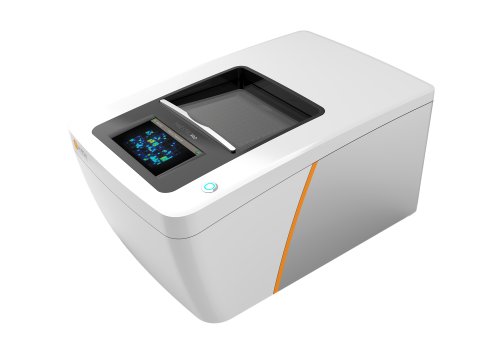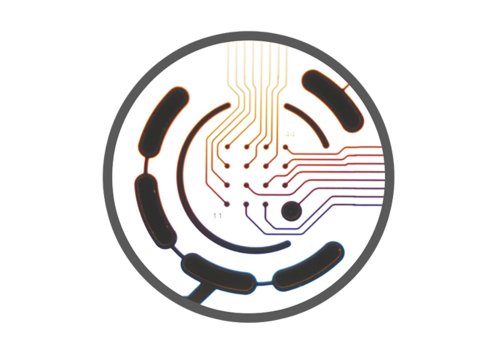Authors: Kyriaki Barmpa, Claudia Saraiva, Diego Lopez-Pigozzi, Gemma Gomez-Giro, Elisa Gabassi, Sarah Spitz, Konstanze Brandauer, Juan E. Rodriguez Gatica, Paul Antony, Graham Robertson, Rahman Sabahi-Kaviani, Alessandro Bellapianta, Florentia Papastefanaki, Regina Luttge, Ulrich Kubitscheck, Ahmad Salti, Peter Ertl, Mario Bortolozzi, Rebecca Matsas, Frank Edenhofer and Jens C. Schwamborn
Communications Biology, 23 November 2024
Scientists use Axion BioSystems’ next-generation Maestro MEA to explore the mechanisms of Parkinson’s disease in vitro.
Parkinson's disease (PD) in vitro models often focus on dopaminergic neuron loss but fail to fully recapitulate dysregulation of the nigrostriatal pathway and/or aging characteristics that may contribute to PD. In this study, the authors developed a nigrostriatal pathway model using midbrain-striatum assembloids and inducible aging, using Axion Biosystems’ noninvasive Maestro multielectrode array (MEA) system to assess the functional activity of the assembloids and evaluate synapse formation between the two individual organoids in vitro. Ultimately, the authors demonstrated that the midbrain-striatum assembloids form functional, directional networks, as well as other characteristics of the nigrostriatal pathway, such as directional catecholamine release. Additionally, the authors found that overexpression of Progerin induces aging traits leading to early neurodegenerative phenotypes, suggesting utility of this assembloid model to study both nigrostriatal dysfunction as well as the contribution of aging to PD onset and progression.


